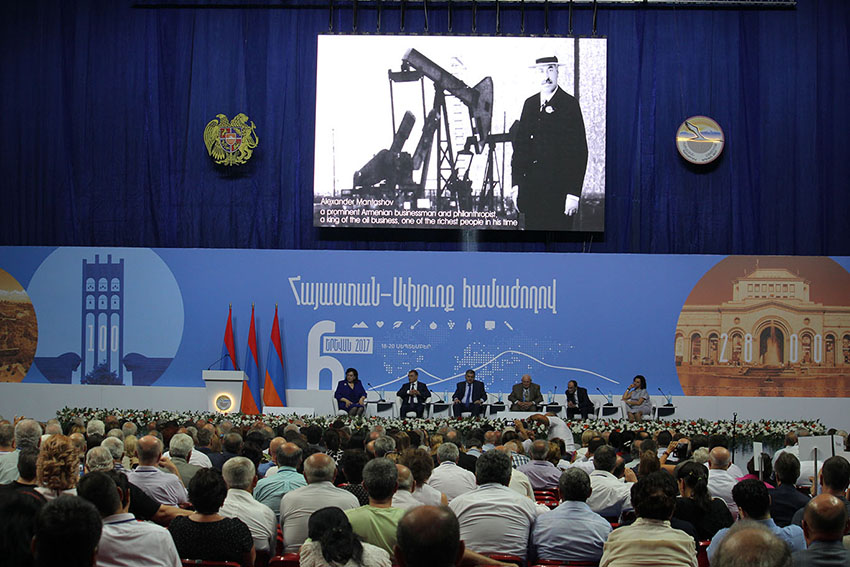WEST LAFAYETTE, IN — A Purdue University archaeologist is utilizing drone technology to capture details and data from Bronze Age field sites in Armenia, the University’s official webpage reports.
“Drones are a new tool in archaeologists’ toolkits,” said Ian Lindsay, an associate professor of anthropology who has been excavating in the South Caucasus region for 15 years. “It’s a good alternative to kites, balloons or sitting in the bucket of a crane with a camera trying to visually document these ancient sites. Drones offer a detailed aerial perspective that we’ve never had before, and by leveraging this technology archaeologists can be more efficient in the field as drones give us an immediate sense of spatial science scale useful for planning excavation.”
Lindsay’s 3:49 minute video of various field Armenian sites from this summer is available online. The drone, flying 300 meters from the ground, navigated the valleys and mountains of the Tsaghkahovit Plain and Mt. Aragats region to provide a view that is better quality and less expensive than images captured by satellite or mapping imagery. Lindsay is co-director of Project ArAGATS, Archaeology and Geography of Ancient Transcaucasian Societies, that focuses on the exploration of southern Caucasia’s rich past and the preservation of modern Armenia’s diverse cultural heritage.
Funds from Purdue’s College of Liberal Arts and Office of Executive Vice President for Research and Partnerships supported the new drone technology. Lindsay also is collaborating with Adam T. Smith, Cornell University professor and co-director of the Project ArAGATS, and the Aragats Foundation, which encourages and supports archaeological tourism, education and development in Armenia.










